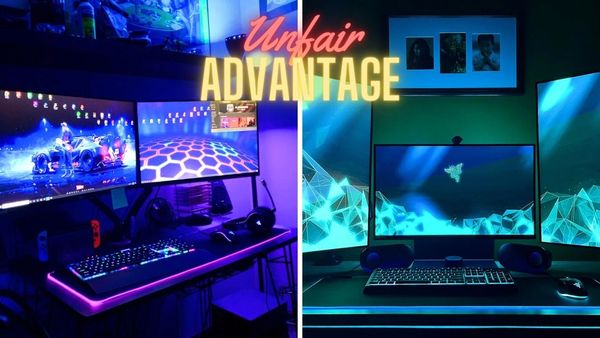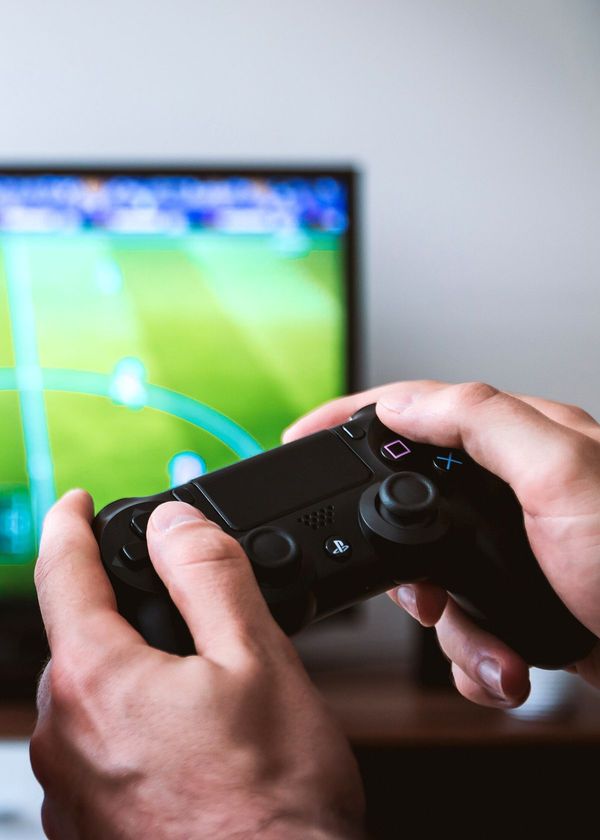If you're a gamer, chances are you've heard of short-throw projectors. But what are they?
In this blog post, we'll break down everything you need to know about short-throw projectors, from how they work to the advantages they offer gamers.
What Is A Short Throw Projector?
A short throw projector is a type of projector that can be placed close to a screen or wall and still produce a large, high-quality image. This is in contrast to traditional projectors, which need to be placed several feet away from the screen or wall in order to produce a clear image.
How Do Short Throw Projectors Work?
Short-throw projectors work by using a special lens that projects the image at a very steep angle. This allows the projector to be placed close to the screen or wall without the image being distorted.
What Are The Advantages Of Short Throw Projectors For Gamers?
There are several advantages that short-throw projectors offer gamers.
First, because they can be placed close to the screen or wall, short-throw projectors don't require a lot of space. This is perfect for smaller gaming setups where every inch counts.
Second, short-throw projectors typically have lower input lag than traditional projectors. This means that there will be less of a delay between when you press a button on your controller and when the action appears on the screen. This is crucial for fast-paced games where split-second reactions are important.
Finally, short-throw projectors typically have higher refresh rates than traditional projectors. This means that they can display images more quickly, resulting in smoother gameplay with less motion blur.
Conclusion:
Short-throw projectors offer gamers a number of advantages over traditional projectors, including a smaller footprint, lower input lag, and higher refresh rates.
If you're looking for the best gaming experience possible, a short-throw projector should definitely be on your radar.
Looking for the best projectors currently available? Tap the button below to learn more!
You may also like some of our other articles:








